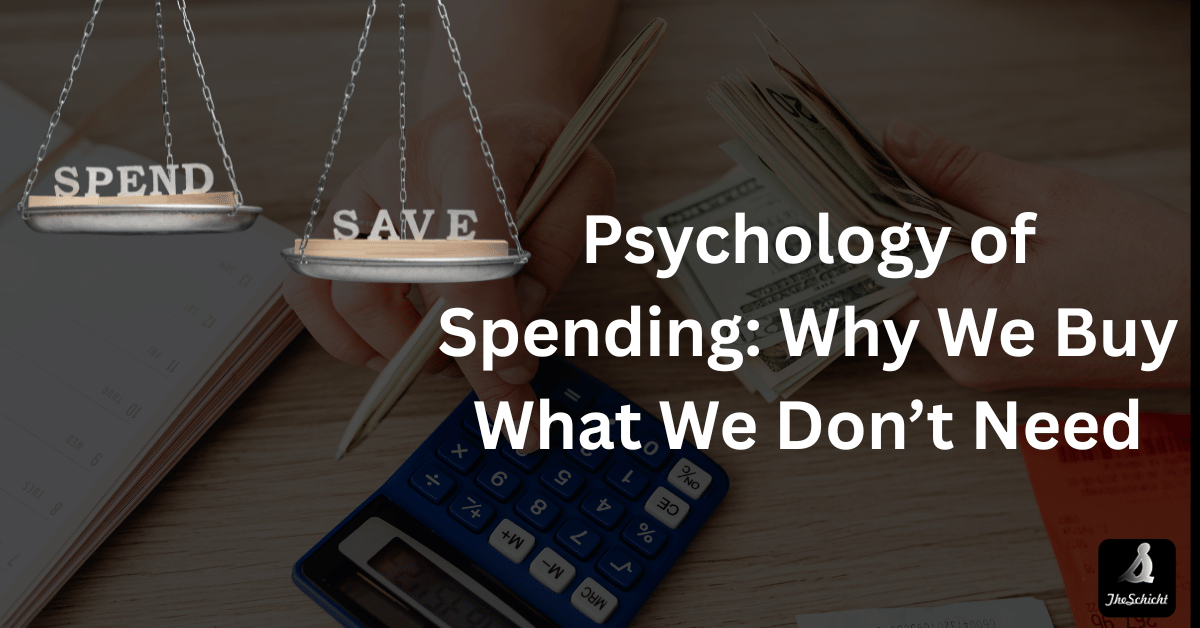Introduction to Fractional Ownership
Fractional ownership is a powerful concept that allows multiple parties to share in the ownership of a valuable asset, such as a piece of visual art. Instead of one person paying the full ownership price for an art piece, several buyers can each invest in a portion, making high-value artworks more accessible to many artists, collectors, and investors. For example, a buyer might purchase a 20% interest in a painting, giving them a stake in the artwork’s value and potential appreciation without having to pay the entire amount. This approach not only lowers the financial barrier to entry but also enables more people to participate in the art market. To ensure clarity and protect everyone’s interests, it’s essential to have a written contract that details the terms of the fractional ownership, including ownership rights, reproduction rights, and other important details. This contract serves as the foundation for a successful and transparent investment, outlining how the art can be used, displayed, or reproduced, and what each party’s responsibilities are.
Understanding Ownership Structures
When it comes to fractional ownership of visual art, understanding the available ownership structures is crucial. There are several models to consider, such as joint ownership, partnerships, and limited liability companies (LLCs). Each structure offers different levels of flexibility, protection, and management for both artists and buyers. For instance, joint ownership might be ideal for a small group of buyers who want to co-own a single artwork, while forming an LLC can be a better fit for larger groups seeking limited liability and a more formalized arrangement. Many artists and collectors choose to work with a company that specializes in fractional ownership to streamline the process and ensure that all legal and administrative aspects are handled professionally. A well-crafted ownership agreement is essential to protect the ownership rights of all parties, clearly defining each person’s share, responsibilities, and the procedures for selling or transferring interests in the art. By selecting the right structure and agreement, buyers and artists can enjoy the benefits of shared ownership while minimizing potential risks.
Visual Art and Fractional Ownership
Visual art stands out as an ideal asset for fractional ownership due to its unique value and appeal. Many artists create paintings, sculptures, and other artworks that attract significant interest from collectors around the world. Through fractional ownership, these art pieces can be sold to multiple buyers, each holding a percentage of the artwork. For example, a painting might be divided among several buyers, allowing each to own a share and potentially display the piece in their home or office. This model not only makes it easier for buyers to invest in high-value art but also helps artists reach a broader audience. Artists can retain reproduction rights, enabling them to create prints or other derivatives of the original work, which can further increase their income and exposure. Fractional ownership is especially beneficial for emerging artists, as it allows them to sell their work to more people and build their reputation in the art world. By making art ownership more inclusive, this approach helps foster a vibrant and diverse market for both artists and collectors.
Contractual Agreements in Fractional Ownership
A solid written contract is the cornerstone of any successful fractional ownership arrangement in visual art. This contract should clearly outline the percentage of ownership each party holds, the payment terms, and any restrictions on the use or display of the artwork. It’s important for the contract to specify the rights and responsibilities of all involved, including the artist, the buyer, and any other stakeholders. For example, the agreement might require the buyer to seek the artist’s permission before reproducing or publicly displaying the artwork, ensuring that the artist’s rights are protected. Payment schedules, maintenance responsibilities, and procedures for selling or transferring ownership should also be detailed in the contract. By addressing these key points, a well-drafted contract helps prevent disputes and misunderstandings, providing security and clarity for everyone involved. Ultimately, a comprehensive agreement is essential for protecting the interests of both artists and buyers, ensuring that the fractional ownership of visual art is a positive and rewarding experience.
Fractional and Full Ownership: Art, Real Estate, and Beyond
In today’s interconnected and digital landscape, the conventional barriers to ownership are being reshaped. Fractional ownership has surfaced as a game-changing idea, making it possible for a broader range of people to access high-value assets that were previously reserved for the wealthy elite. Whether it’s art, real estate, luxury collectibles, or more, fractional ownership is changing the way individuals invest in, own, and engage with assets. Let’s take a closer look at the intricacies of this innovative trend and examine its applications across different sectors.
What is Fractional Ownership?
Fractional ownership enables several people to collectively invest in and own an asset. Unlike conventional joint ownership, this approach usually breaks the asset into smaller, transferable shares. Each owner possesses a portion that corresponds to their investment, allowing them to enjoy the asset’s benefits—such as income, usage, or value appreciation—while also sharing responsibilities like maintenance and management expenses. This model has been facilitated by technological innovations, especially blockchain technology, which provides transparency, security, and simplified transfer of fractional shares.
The Rise of Fractional Ownership in Art
The art market has traditionally been seen as a domain for the affluent. Iconic works by artists such as Picasso, Van Gogh, or Basquiat often fetch millions, making them out of reach for most investors. However, fractional ownership is changing the game. Platforms like Masterworks and Artory utilize fractional ownership to democratize art investing. Here’s how it operates:
1. Tokenization of Art: Art pieces are split into digital shares through blockchain technology.
2. Investment Opportunities: Investors can buy shares in a painting or sculpture for just a few hundred dollars.
3. Liquidity and Returns: Shareholders can trade their shares on secondary markets or earn returns if the artwork increases in value and is sold. This approach benefits both investors and the art community.
Investors gain access to valuable pieces without needing a large amount of capital, while artists and galleries can draw in a wider range of supporters.
Challenges in Art Fractionalization
While art fractionalization has its attractions, it also faces several challenges. The valuation of artwork can often be subjective, and there are ongoing concerns about market liquidity. Furthermore, regulatory frameworks are still in development to accommodate this new model. Laws and regulations regarding fractional ownership and art rights can vary significantly between countries, affecting how ownership, sale, and transfer of rights are managed. However, the potential for growth is significant, especially considering that the global art market was valued at over $65 billion in 2023.
Real Estate: The Cornerstone of Fractional Ownership
Real estate has become a leading sector for fractional ownership, providing individuals with an opportunity to invest in profitable properties without the need to buy them outright. Whether it’s residential apartments, commercial spaces, or vacation homes, fractional ownership is transforming the way people invest in property.
How It Works
- Property Acquisition: A management company or platform purchases a property.
- Division into Shares: The property is then divided into shares, typically represented by tokens on a blockchain.
- Investor Participation: Individuals can buy these shares, allowing them to earn a proportional share of the property’s rental income and any appreciation in value.
At each stage of the fractional ownership process, it is important to understand when ownership is transferred and the specific circumstances that may affect the rights of investors or buyers.
Benefits for Investors
• Accessibility: Investors can join the real estate market with much lower initial capital.
• Diversification: Fractional ownership enables investors to allocate their funds across various properties in different areas.
• Passive Income: Shareholders earn a share of rental income without the headaches of managing the properties.
Notable Platforms
Platforms such as Fundrise, Roofstock, and RealtyMogul have popularized fractional real estate investment. They provide a range of options, from single-family homes to extensive commercial properties, appealing to both new and experienced investors.
Challenges in Real Estate Fractionalization
Like any investment, fractional real estate carries its own set of risks. Market fluctuations, maintenance challenges, and the intricacies of managing shared ownership can create obstacles. Additionally, navigating regulatory compliance is crucial, especially when dealing with cross-border investments.
Beyond Art and Real Estate: New Frontiers
While art and real estate are at the forefront of the fractional ownership discussion, the model is branching out into new and exciting territories:
Luxury Collectibles
High-value collectibles, including rare cars, fine wine, and luxury watches, are increasingly being offered in fractional shares. Platforms like Rally and Collectable allow enthusiasts to invest in a portion of a 1967 Shelby GT500 or a vintage Rolex without having to buy the whole item. These investments often blend emotional significance with potential financial gains.
Private Jets and Yachts
The luxury travel industry is increasingly adopting fractional ownership as a more affordable option compared to full ownership. Firms such as NetJets and Yachtico enable clients to experience the perks of private jets and yachts without the high expenses and obligations that come with sole ownership. This approach is particularly favored by high-net-worth individuals who value flexibility.
NFTs and Digital Assets
The emergence of blockchain technology has opened up opportunities for fractional ownership of digital assets, such as non-fungible tokens (NFTs). Notable digital artworks, music rights, and virtual real estate in the metaverse are being tokenized and distributed among investors. This rapidly growing sector presents significant growth potential, yet it continues to be volatile and speculative. Each project in the digital asset space may have unique legal and contractual considerations, especially when dealing with international investors or digital assets.
Advantages of Fractional Ownership
Fractional ownership is attractive due to its flexibility and ease of access. Some of the main benefits are:
• Lower Entry Barriers: People can invest in valuable assets without requiring a large amount of capital.
• Portfolio Diversification: Investors can mitigate risk by spreading their investments across various asset classes and regions.
• Passive Income Opportunities: Numerous fractional ownership models offer consistent income streams, like rental income or dividends.
• Liquidity: Tokenization facilitates simpler buying, selling, and trading of fractional shares in secondary markets.
Potential Risks and Considerations
While fractional ownership comes with many advantages, it also carries certain risks:
1. Illiquidity: Certain fractional assets, especially in real estate, might lack easily accessible secondary markets.
2. Market Volatility: The value of assets can vary, which may affect returns.
3. Regulatory Risks: The legal landscape surrounding fractional ownership and tokenization is still developing, leading to uncertainties for investors.
4. Management Challenges: Shared ownership necessitates clear agreements to prevent disputes and ensure effective operation.
The duration of ownership rights may also be affected by the life of the creator or artist, and in some cases, rights can extend for the life of the artist plus a set number of years, impacting long-term value and royalties.
Trading Shares and Liquidity
Trading fractional shares or the underlying asset often involves a sale process that is subject to the terms of the purchase agreement. This may include specific legal or contractual requirements that must be met before shares can be transferred or sold to third parties.
The Future of Fractional Ownership
Fractional ownership is set to experience substantial growth, fueled by technological advancements, rising investor interest, and an expanding range of assets. As regulatory frameworks evolve and platforms develop, this model is likely to become a key component of the global investment landscape. By making fine art more accessible, democratizing real estate, and creating new avenues for luxury experiences, fractional ownership is truly transformative. It dismantles traditional barriers, allowing individuals to engage in markets that were previously out of reach. Whether you’re passionate about art, interested in real estate, or a tech-savvy collector, fractional ownership presents a multitude of opportunities to discover—and this journey is just beginning.








